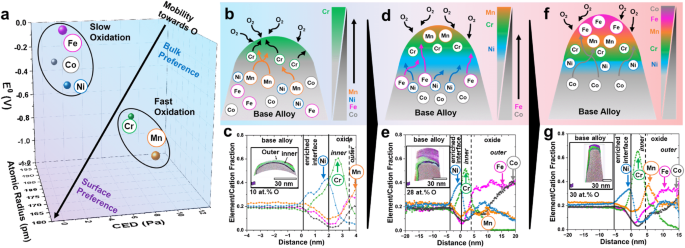2024-06-12 パシフィック・ノースウェスト国立研究所(PNNL)
<関連情報>
- https://www.pnnl.gov/news-media/researchers-harvest-acid-seawater-feed-beneficial-algae
- https://pubs.acs.org/doi/10.1021/acs.estlett.4c00107
電気化学的手法と生物学的手法の組み合わせによる海洋炭素除去の最大化 Maximizing Marine Carbon Removal by Coupling Electrochemical and Biological Methods
Charles F. Hibbeln, Paul Marsh, Christopher R. Myers, Peter J. Valdez, Scott J. Edmundson, and Chinmayee V. Subban
Environmental Science & Technology Letters Published:April 10, 2024
DOI:https://doi.org/10.1021/acs.estlett.4c00107
Abstract

Integrated development of carbon removal strategies offers the possibility of lowering CO2 removal costs and enabling their widespread deployment. Here, we examine the feasibility and benefits of coupling technological and nature-based marine carbon removal strategies. A bench-scale bipolar membrane electrodialysis (BPMED) unit is used to generate acidity and alkalinity from natural seawater. Utilization of alkalinity for CO2 mineralization is widely researched, but sustainable use of the acid remains a challenge. We show that the acid can be used to enhance photosynthesis in the fast-growing marine phytoplankter Picochlorum celeri. Additions of ca. 900 μM H+eq from BPMED effluent acid increased algal productivity up to 3-fold, by shifting the seawater–carbonate equilibrium toward CO2. A high-level CO2 emissions analysis based on experimental data shows that using BPMED acid for marine algae cultivation results in sequestration of −6.1 kg of CO2/kg of HCl, whereas transport of acid for alternative uses accounts for emission of +0.41 kg of CO2/kg of HCl. The analysis boundary excluded seawater pretreatment and BPMED acid production and any processing beyond delivery of dewatered algae. Through further optimization of algal species, growth conditions, acid addition rates, etc., the combined electrochemical-biological approach has the potential to achieve higher net CO2 removal.



